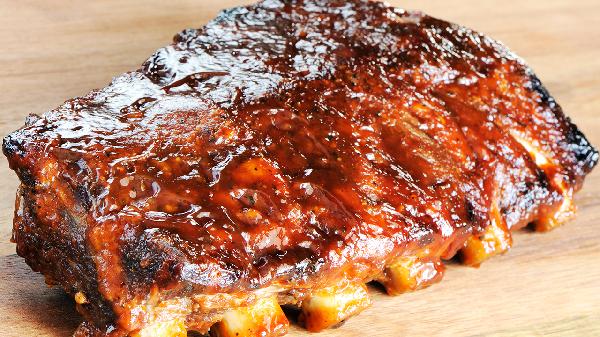If you're serious about packing on muscle, you already know that bulking isn’t just about eating everything in sight—it’s a calculated game. The right bulking calculator can be your secret weapon, helping you dial in the perfect calorie surplus, macros, and training plan to maximize gains without turning into a fluffy marshmallow. Let’s break down how to use one like a pro.

Why a Bulking Calculator Beats Guesswork
Winging your bulk is like trying to build a house without blueprints—messy and inefficient. A solid bulking calculator takes the guesswork out by factoring in your weight, activity level, and goals to give you a precise calorie and macronutrient target. No more "eh, I’ll just eat an extra chicken breast" and hoping for the best.
How to Use a Bulking Calculator the Right Way
First, plug in your stats—weight, height, age, and activity level. Most calculators will spit out your maintenance calories (what you burn in a day just existing and moving). From there, you’ll add a surplus—usually 250-500 calories—to fuel muscle growth without excessive fat gain.
But here’s the kicker: Not all calculators are created equal. Look for one that adjusts based on your training intensity and recovery needs. If you’re crushing heavy lifts five days a week, your surplus should be higher than someone doing lighter workouts.
Macros Matter—Don’t Just Chase Calories
A bulking calculator isn’t just about slamming burgers and shakes. Protein is king (aim for 1g per pound of body weight), carbs fuel your workouts, and fats keep hormones happy. A good calculator breaks down your surplus into the right macro ratios so you’re building muscle, not just a gut.
Pro tip: If you’re a hardgainer struggling to eat enough, focus on calorie-dense foods like nut butters, whole milk, and rice. If you’re prone to gaining fat easily, keep the surplus modest and prioritize lean proteins and complex carbs.
When to Adjust Your Numbers
Bulking isn’t a set-it-and-forget-it deal. If you’re not seeing progress after a few weeks, bump up calories by another 100-200. If you’re gaining too much fat, dial it back. A good bulking plan is flexible—your calculator gives you a starting point, but your body’s feedback is the real guide.
A bulking calculator takes the chaos out of muscle gain, but it’s not magic. Pair it with consistent training, solid sleep, and patience. The scale will move, your lifts will climb, and you’ll avoid the dreaded "bulk gone wrong" regret. Now go eat—and lift—like you mean it.
























